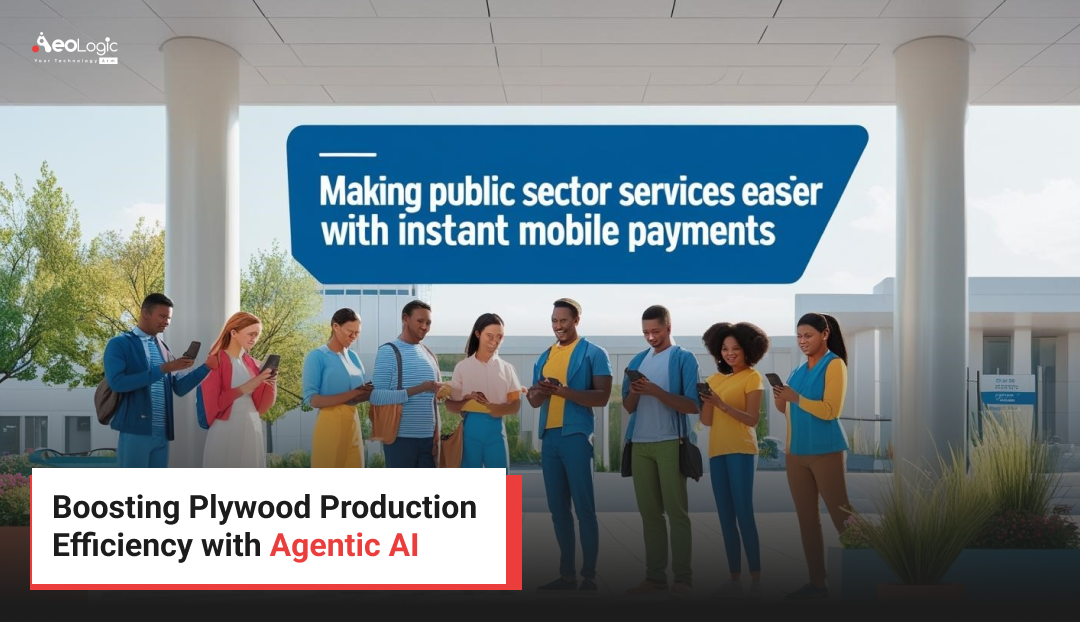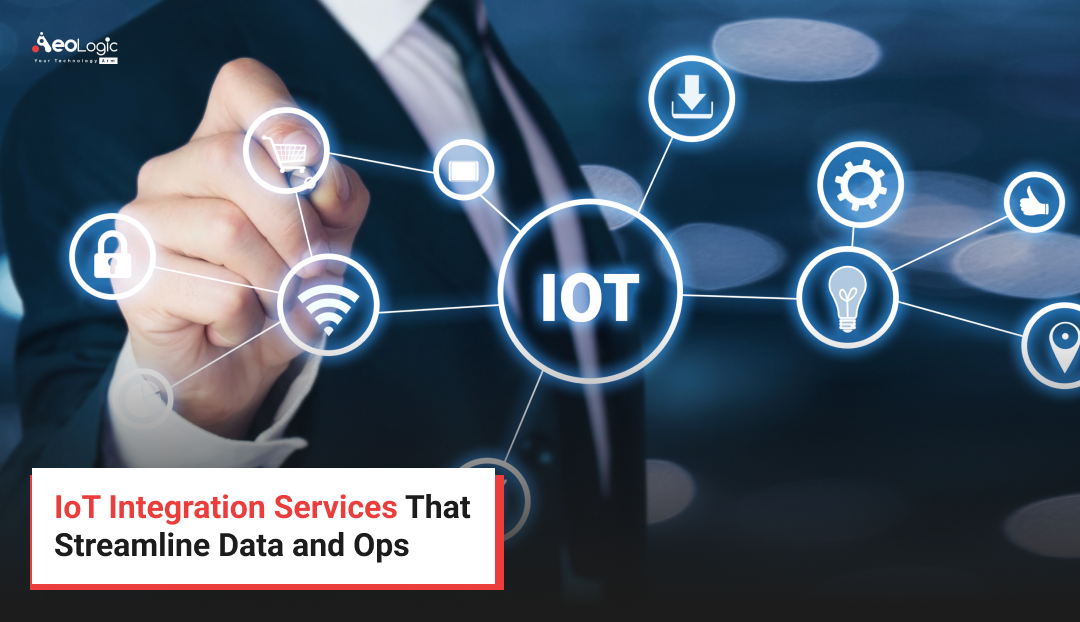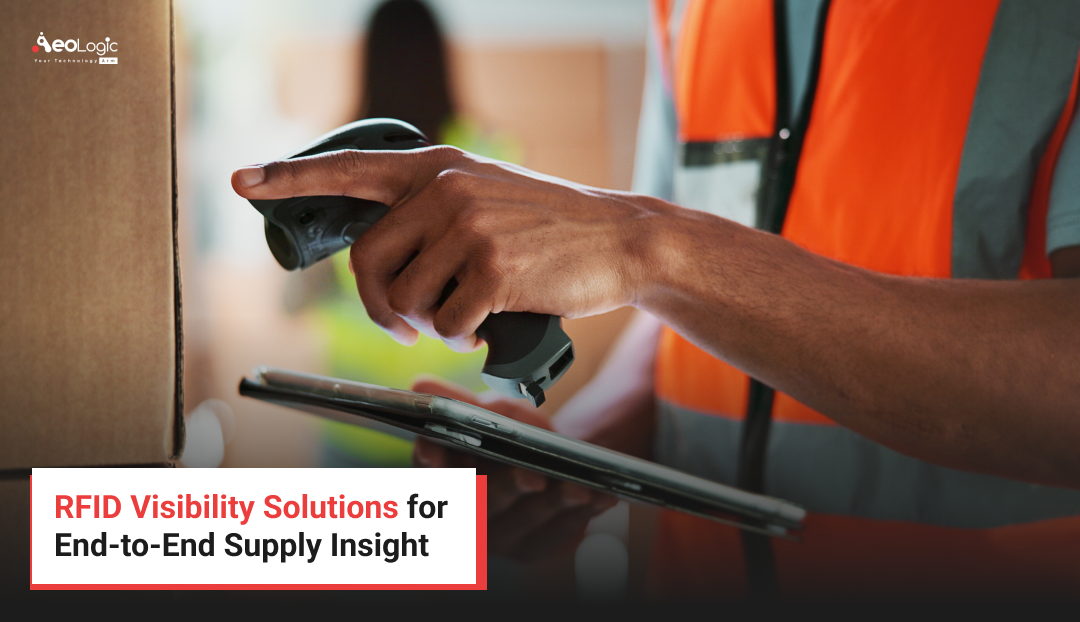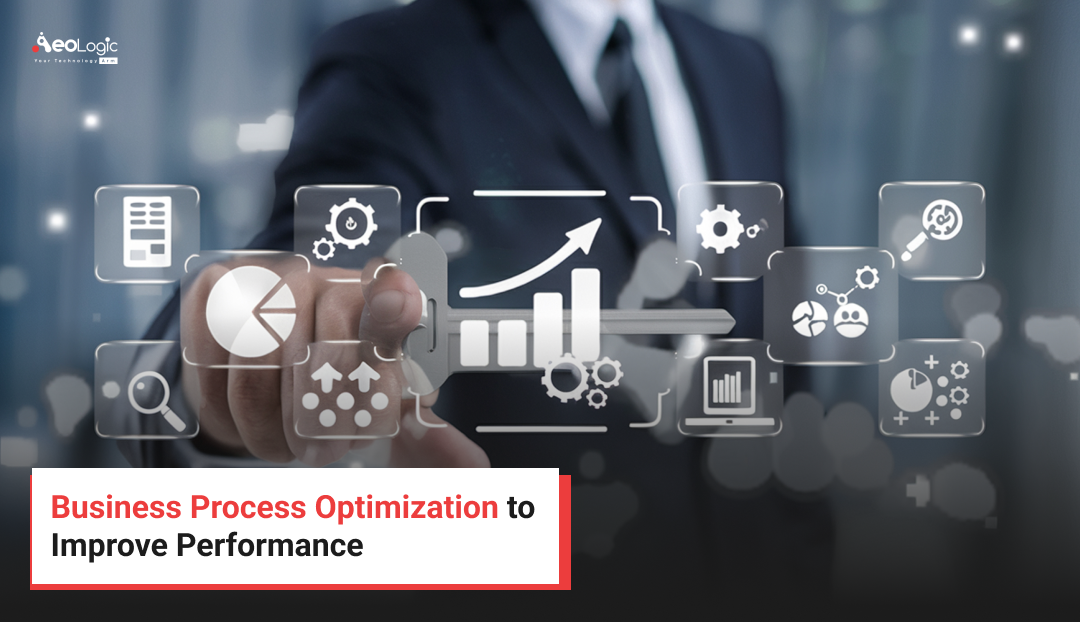Public services should be accessible, transparent and sharp. But over the years, people have spent hours to navigate to confuse government websites to wait in long queues, deal with paperwork and complete simple tasks only. The process has often been disappointing and slow, from paying electricity bills to renewing the license or checking the civil records.
With the rise of mobile payment for public services, it is eventually changing. Citizens can now pay bills online, use QR code utilities payment, and reach their smartphone -any time, access to digital civic services anywhere. These mobile-first solutions are streamlining how governments operate and change how people interact with civil institutions.
In this article, we find out how mobile payments are running a public sector revolution, how these technologies work, matters of real -world use, and how platforms such as Aeologic are accelerating this change for local and national governments.
Why Mobile Payment for Public Services Is a Game Changer
Traditional civil services are often associated with disability. Whether it is tax office, electricity department, or municipal, delay and obstacles are part of the ideal. For millions of citizens, even a basic work such as paying water bills means taking time out of work, visiting a government office and standing in line for hours.
The introduction of mobile payment to public services flipped this model completely. With only one smartphone, users can now pay bills online, get immediate digital receipts, and maintain an organized record of civil interactions. These mobile systems bring services to people’s fingers, which gives quick and more equitable access.
Digital mobile payments also benefit civil institutions. They enable governments to track revenue in real time, reduce manual processing errors and improve financial accountability. They simplify the audit, create reconciliation faster, and remove the need for physical cash handling.
QR Code Utilities Payments: A Simple Innovation with Massive Impact
Imagine walking to your front door and scanning the QR code printed on your electricity bill. Within seconds, you can complete your payment through a mobile wallet or UPI without typing a single account number. This is the power of payment of QR code utilities.
QR code is one of the most accessible innovations in mobile payment technology. In public services, they allow for water, electricity, gas, hygiene and easy payment of municipal taxes. The QR code can be placed on physical bills, displayed on counters, or even sent to citizens via SMS or email.
This method is particularly useful in Tier -2 and rural areas where mobile apps can be very complex or slow. With QR-based civic transactions, all required is a basic smartphone and a payment app. The conversation is quick, error-free, and does not depend on high-speed internet.
Governments save at the cost of infrastructure as they do not require physical card machines or kiosks. Citizens enjoy speed, simplicity, and control how they pay bills online – from home, at work, or when they go.
Real-World Use Cases of Mobile Public Payments
India’s UPI-Powered Civic Services
India has emerged as a leader in mobile payment for public services, thanks to its Integrated Payment Interface (UPI). Major state portals such as e-nagarseva in Maharashtra and MSewa in Madhya Pradesh allow citizens to pay bills online for electricity, water, property tax and even traffic fines. UPI integration makes the payment process fast, safe and comfortable.
In Delhi, users can now print the payment of QR code utilities on e-challan or metro tickets to immediately outstand. MyGov and Umang apps consolidate a wide range of digital civic services under a mobile-friendly umbrella, making them accessible to every Indian with smartphones.
Estonia’s Full-Service e-Government Model
Estonia’s globally recognized e-governance system provides 24/7 access to public services. Citizens can log in to their government dashboard and pay bills online, record taxes, register property, or manage the license with a few clicks. The integrated mobile payment for public services and strong Digital Id Systems allows for quick and safe transactions.
QR code and mobile ID verification are used for high-level authentication, enabling public sector agencies to verify payment and identity within seconds.
Kenya’s Mobile Civic Revolution with M-Pesa
Kenya has availed M-Pesa to offer quick mobile payments for public services in many areas. Nairobi’s city council uses M-PESA for parking fee collection, enabling motorists to pay without cash or POS machines. Residents have scanned the QR code posted on parking boards or receive bill reminders through SMS, further expanding the payment of QR code utilities payments as a criterion.
Key Benefits of Digital Civic Services via Mobile
Transitions towards digital civic services and mobile payment are inspired by many benefits they provide to both public and governments. There are some top-level benefits that promote this change.
Better Accessibility.
Mobile-based applications break up time and location obstacles. Citizens no longer need to travel to government offices or wait in line. Whether at home, in transit, or abroad, they can now pay bills online or meet civil works on demand.
Reduced Administrative Burden
By transferring mobile payments for public services, civil institutions quite cut on paperwork, manual data entry and human errors. Payments are recorded automatically and coordination within central systems, freeing employees for more strategic functions.
Enhanced Transparency
Each payment made through the digital method creates a safe, detective record. It improves government accountability, reduces fraud, and promotes civil trusts. Citizens can see receipts and payment history immediately through the mobile app.
Financial Inclusion
QR code utilities payments and mobile payment apps help people in rural or underserved sectors to reach civic services without the need for travel or internet browsing. With mobile-first platforms, inclusion becomes default, not exception.
Real-Time Analytics
Governments achieve access to live dashboards showing real -time civil payment flow. This allows for better budget plan, forecast and service allocation based on accurate data from civil interaction.
Challenges in Implementing Mobile Public Payments
While changes in mobile payment for public services have a clear benefit, the road of implementation comes with its challenges.
Digital literacy is a matter of concern, especially among the elderly population and people in rural communities. Even with comprehensive smartphone use, many users are still unfamiliar with the mobile wallet, QR code or civic mobile app.
Infrastructure intervals such as poor internet connectivity, old backend systems, and fragmented databases often delay in full -scale deployment. The departments can work in silo, which can make it difficult to integrate between the payment system, service portal and civic records.
Data security is also an important issue. Since these platforms handle sensitive information such as payment details, ID and location data, strong encryption, privacy policies, and compliance with data security laws.
Frequently Asked Questions (FAQs)
How do I access mobile payment for public services?
Reaching mobile payment for public services is simple and convenient. Most state governments and municipalities have official mobile apps or digital portals, where citizens can register and log in using their phone number or ID credentials. Alternatively, the QR code printed on the utility bill, tax notice, or service alerts can be scanned using UP-Saksham apps, allowing immediate redirection to secure the payment gateway. In many cases, these platforms are also associated with centralized services such as enthusiasts or Digi locker, which provides integrated access to many civil works through single interfaces.
Are mobile civic payments safe?
Yes, mobile civic payment is designed with strong security protocols to ensure that your financial and personal data remain preserved. These systems use encrypted connections, data tokens and OTP-based certification to prevent fraud. Many government platforms also provide biometric login options such as fingerprints or facial recognition, adding another layer of identity verification. Regular audit, safe cloud storage, and national data security laws compliance with digital civic services further enhances the safety of digital civic services, which gives users peace of mind while transacting through their mobile equipment.
What if I can’t pay online or don’t have a smartphone?
If you are unable to reach mobile payment options due to connectivity or lack of digital devices, many citizens bodies provide accessible options. Digital kiosks are installed in local government offices, ward centers or community halls, where citizens can pay with the help of trained employees.
What services can I pay to use my mobile?
A wide range of public services can now be accessed and paid to use mobile payment systems. Citizens can settle utility bills like water, electricity and gas directly from their phones, often through payment of QR code utilities or government payment apps. Property tax payment, traffic penalty and waste collection or sewerage fee such as service fees are also usually included. Many fields allow users to use the same mobile platforms for educational fees, public health checkups, permit applications and even public transport passes. The list continues to increase as more civil departments integrate digital solutions in their operations.
How to Encourage Mass Adoption of Mobile Civic Payments
Governments should adopt an active and civil centenary strategy to maximize mobile payment access and impact.
Starting a public awareness campaign in many languages can help explain the benefits of mobile payment for public services and teach citizens how to use them. Displays, mobile vans and digital literacy programs in communities can run adoption in demographics.
It is necessary to integrate services in an integrated, easily used civic mobile app. Citizens should not avoid five separate platforms to pay bills online or use certificates. Ensure a one-stop app purpose with intuitive navigation, language support, and several payment options (UPI, wallet, card, etc.).
Each paper-based utility documents, extending the payment of QR code utilities payment for the office counters and SMS reminders helps to create muscle memory and convenience in the habit of digital civic interaction.
Future of Mobile-Enabled Civic Services
The future of digital civic services is smart, spontaneous and AI-managed. City will integrate AI chatbots to assist 24/7 to citizens, provide guidance on payment, fixed dates and service status updates.
Mobile civic apps will offer more than payment. They will integrate services like complaint lodging, document upload, real-time public alert and geo-tag issue tracking. Citizens will be able to interact with the government in the same way that they use the banking or food distribution app.
Voice-Saksham platform and regional language support will extend access to access to low-literacy users. Blockchain-based records and digital IDs will carry forward certification and trust in mobile payment for public services.
Conclusion: Public Services, Reimagined for a Mobile World
The demand for sharp, transparent and user-friendly governance is no longer the desire for the future-it is expected today. With mobile payments for public services, governments have the opportunity to bridge the trust gap, serve more citizens and create a modern citizen experience that is efficient, inclusive and mobile-first.
Whether it is able to pay people bills online, the QR code utilities payments is to introduce utilities payment, or roll digital civic services on full scale, the speed is real and increasing. The next step is action – construction platforms that actually serve citizens where they are.
Aeologic’s Role in Digitizing Public Sector Services
In Aeologic Technologies, we specialize in the manufacture of safe, scalable and intuitive platforms that empower governments to adopt mobile payments for public services. Our customized civic apps and portals QR codes utilities payments, smart dashboards, mobile receipts and real-time analytics-all are designed to simplify governance.
To launch an e-tax collection app to deploy UPI-based payment systems for water boards to urban development officers, Aeologic has worked with public departments across India and has actually worked to provide a civil-centric solution.
Find out how our expertise in digital civic services can help your department change operations, reduce overheads and increase civil satisfaction.
Contact Aeologic Technologies Today:
Call: +91-120-3200058
Click to Connect: Aeologic Technologies– Schedule a free consultation
Visit Us: Tower-C, 324-327, 3rd Floor, Logix Cyber Park, Plot no. C-28 and 29, C Block, Phase 2, Industrial Area, Sector 62, Noida, Uttar Pradesh.

Currently, as a Senior Manager of Technology, I oversee a dynamic team, ensuring the delivery of high-quality software solutions that meet the evolving needs of our clients. A seasoned technology leader with over a decade of experience in the software development industry, I have been instrumental in driving the end-to-end software development lifecycle since my career inception in 2011.






